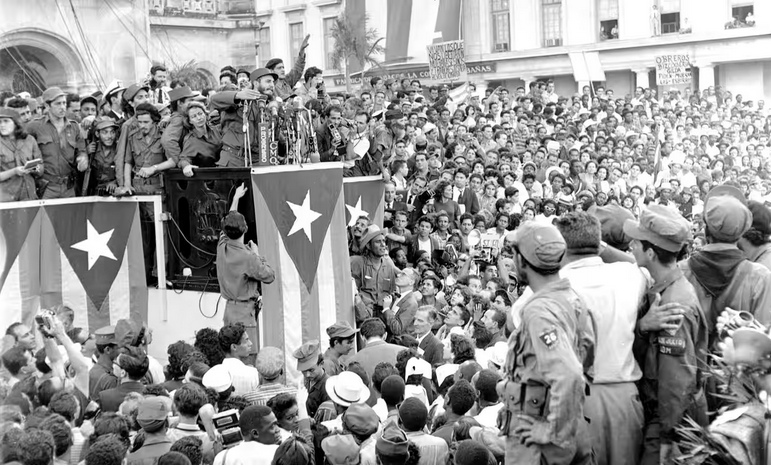
By Eduardo N. Cordoví Hernandez
HAVANA TIMES – In those glorious days of 1959 and the early sixties, in the Lawton neighborhood of Havana, as throughout the country, we were immersed in an atmosphere of euphoria. Everyone talked about the rebels and their leaders, who walked through the streets with their beards and their necklaces of Santa Juana, peony flowers and those other seeds called ox’s eyes.
In those glorious days…? Some may wonder and even others will think that it is my opinion. In reality, what I think is not important, because in reality, those days in 1959 were like that for the vast majority. Perhaps later they began to stop being so for some and today they are not perceived as so glorious because: some were small children and others did not perceive it at all because they had not even been born, and others because they have already died… anyway.
In those times an idyllic era of brotherhood seemed to begin, the birth of a better time full of justice, freedom, and peace, for which twenty thousand martyrs had been sacrificed according to malicious calculations. Later it was learned that there were not so many. Bohemia magazine published that, between both sides, there were less than three thousand. However, I am not going to write about that today, although in terms of sacrifices of this type, they already seem too many to me when I think that justice, freedom, and peace in themselves are quite debatable and very poorly understood matters.
In that year of triumph, the maximum leader reached the age of Christ. After the landing of the Granma yacht, twelve men alongside him had survived, after the dispersion that followed an air attack by the forces of the Batista dictatorship. Reminiscence of the twelve disciples of Jesus, a number beyond that,


